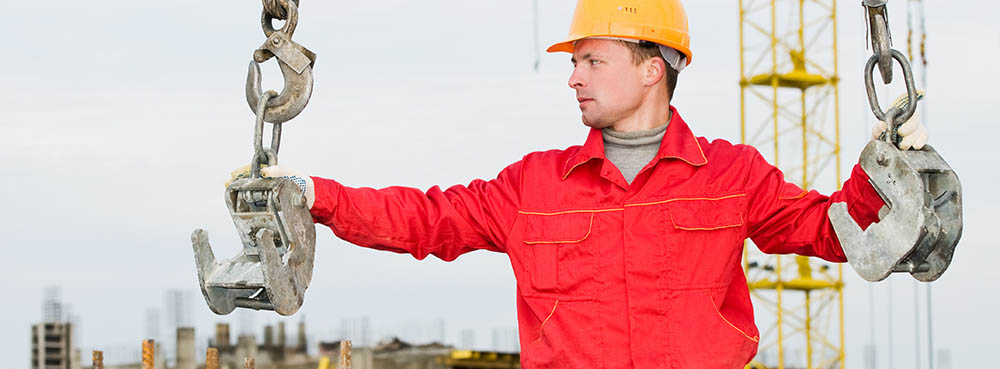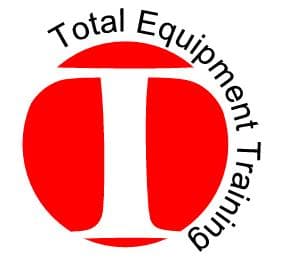
Communication is key. This phrase has gone around so many times that we forget the true meaning that it carries. Efficient exchange of messages is essential in all parts of human life, especially in potentially hazardous situations where injury can be avoided or mitigated simply by exchanging messages. That is why it is essential for all construction and industrial projects -especially those employing cranes- to have at least one on-site signal person with the exclusive responsibility to enhance communication among personnel.
What Is a Signal Person?
A signal person is any site worker tasked with the responsibility to communicate with the operator of any load-moving apparatus. Signal people act as the eyes and ears for the heavy equipment operator, directing what actions need to be carried out. This greatly improves safety in the work area, as crane operators working independently may have blind spots, lift the load prematurely, or pose other hazard if their visibility is obstructed.
Roles and Responsibilities of a Signal Person
The tasks undertaken by the signal person are so critical that they are exclusively dedicated to it. Their responsibility is to communicate with lift operators (e.g., crane operators) at all times during load movement. This makes them crucial in mitigating crane accidents and improving site safety.
What Are OSHA’s Requirements for a Qualified Signal Person?
OSHA has set standards for signal person qualifications. The requirements they have for signal persons include:
- The signal person must understand the type of hand signals used,
- They must be competent in the application of the type of signals used
- Signal persons must have a basic understanding of the equipment’s operation and limitations, including the crane’s dynamics of swinging and stopping loads
- The signal person must demonstrate their competence by passing oral or written and practical tests (samples of which you can find here.)
When Is a Signal Person Considered Qualified?
There are two ways through which a signal person is considered qualified. Through:
- Third-party Qualified Evaluator – The signal person has a form of certification from a reputed third-party evaluator. The evaluator must be independent and professional, having proven their competency in accurately assessing an individual’s capacity for the role of a signal person.
- Employer’s Qualified Evaluator – The employer seeks out an independent, credible and reputable evaluator to accurately carry out the assessment of the signal person, gauge their competence, and provide certification should they satisfy the requirements. It should be noted that other employers must carry out their own evaluations for signal persons qualified in this way.
What Are the Main Hand and Voice Signals of a Qualified Signal Person?
OSHA requires that certified signal persons be familiar with these common signals, both through gestures and vocally.
- Raise/Lower Boom – This is the signal indicating that it is safe to raise or lower the crane arm (boom). The hand signal is to extend the arm with an open hand, with the thumb pointed up or down. If the operator should raise or lower the load at the same time, the signaler should curl their fingers inward with their arm and hand in the same position.
- Hoist/Lower Load – Signal to tell the crane operator to raise or let down the load.
- Stop – extend one arm, palm down, then swing the arm back and forth, touching the chest, then back out to the side.
- Swing – Horizontally extend the arm, with the index finger pointing in the direction the boom is meant to swing.
- Dog Everything – This term means to PAUSE. Typically to avoid a potentially risky endeavor. Hold or clasp hands together with them placed over the signal person’s left hip
Some Other Signaling Safety Tips
The signal person may be essential, but there is no way for them to exclusively improve efficiency and safety at the workplace, because it is a team effort. Some safety tips that can be used include:
- Having all participating workers be aware of site activities, especially crane handling and operating teams.
- The work area should be inspected for any obstructions to hand signals before starting work.
- As many site workers as possible should undergo regular training from credible instructors that comply with OSHA regulations.
- Anyone on-site who feels unsafe should immediately report the issue, noting safety details, for the signal persons and supervisors (if necessary) to take action.
Online Crane Signal Person Training
Having trained and certified signal persons as part of the work crew will go a long way in enhancing both the safety and efficiency of the worksite, as well as improving professional work standards. Thankfully, Total Equipment Training offers NCCCO signal person certification and online study materials for training manuals and practice tests!
Our goal is to help both employers and workers achieve that goal through a professional and cumulative platform. Contact TET today to schedule your signal person training.

